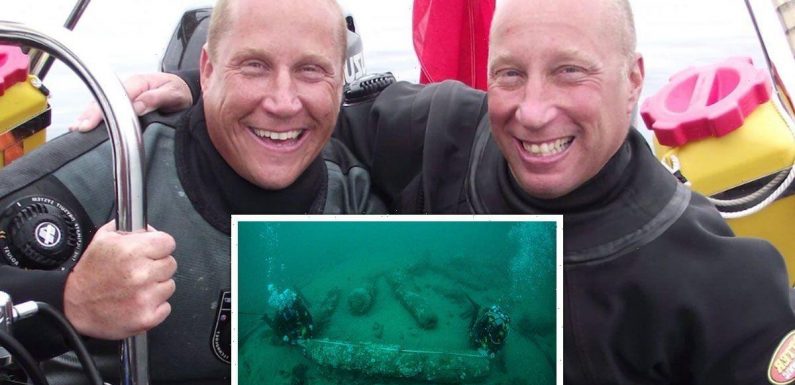
Skeletons of the Mary Rose: The New Evidence
We use your sign-up to provide content in ways you’ve consented to and to improve our understanding of you. This may include adverts from us and 3rd parties based on our understanding. You can unsubscribe at any time. More info
Two brothers, Julian and Lincoln Barnwell, found the warship HMS Gloucester in 2012, but their breakthrough had to remain a secret for a decade. It had laid untouched on the Norfolk sandbanks since 1682, when it suffered a disaster that saw it sunk while carrying the future King James II. The Barnwell brothers spent more than four years scouring the Norfolk coast to locate the vessel, before a long identifying process.
Complicating the process was the state of the wreck – it was split down the keel and the remains of the hull are submerged in sand.
In 2012, the Ministry of Defence (MoD) finally identified the vessel, thanks to its bell – which was engraved in 1681.
Since then, extensive work has been carried out to protect the “at-risk” site.
The precise location will not be publicly disclosed either.


It will ensure the site can only be accessed by divers with proper licences to deter others from plundering it for valuable artefacts.
Professor Claire Jowitt, a world-leading authority on maritime cultural history said: “Because of the circumstances of its sinking, this can be claimed as the single most significant historic maritime discovery since the raising of the Mary Rose in 1982.
“The discovery promises to fundamentally change the understanding of 17th-century social, maritime and political history.”
The Mary Rose is a famous ship that once belonged to King Henry VIII.
The vessel served in the Tudor Navy for more than three decades in several wars against France, Scotland, and Brittany.

But after being substantially rebuilt in 1536, the ship was sunk in the Solent just nine years later after leading an attack on the galleys of a French invasion fleet.
The wreck of the Mary Rose – dubbed “Britain’s Pompeii” – was discovered in 1971 and raised just over a decade later, with a huge part being recovered along with thousands of artefacts and the remains of hundreds of the crew.
The circumstances in which Gloucester sank is a highly contentious subject for historians – but the discovery should help shed light on its final moments.
Many valuable artefacts have already been recovered, including a wine bottle bearing a glass seal with the crest of the Legge family – ancestors of George Washington.
DON’T MISS:
Biden humiliated as reliance on RUSSIA for ammo exposed [REVEAL]
MoD buys new tech to avoid data ‘apocalypse’ [REPORT]
‘Profound concerns’ as Putin backs Iran in nuclear talks [INSIGHT]


For the brothers, finally being able to speak publicly about their discovery is a dream come true,
Julian Barnwell, 55, said: “I can’t believe it, it makes us nervous – for so long, we’ve had to keep it quiet, to protect and survey, we’ve been acting like the guardians, that’s how it feels.”
A major exhibition will be staged in Norwich between February and July next year, produced through a partnership of the Barnwell brothers, UEA and the Norfolk Museums Service.
It will display finds from the wreck – including the bell that confirmed the ship’s identity – and share ongoing research.
Source: Read Full Article